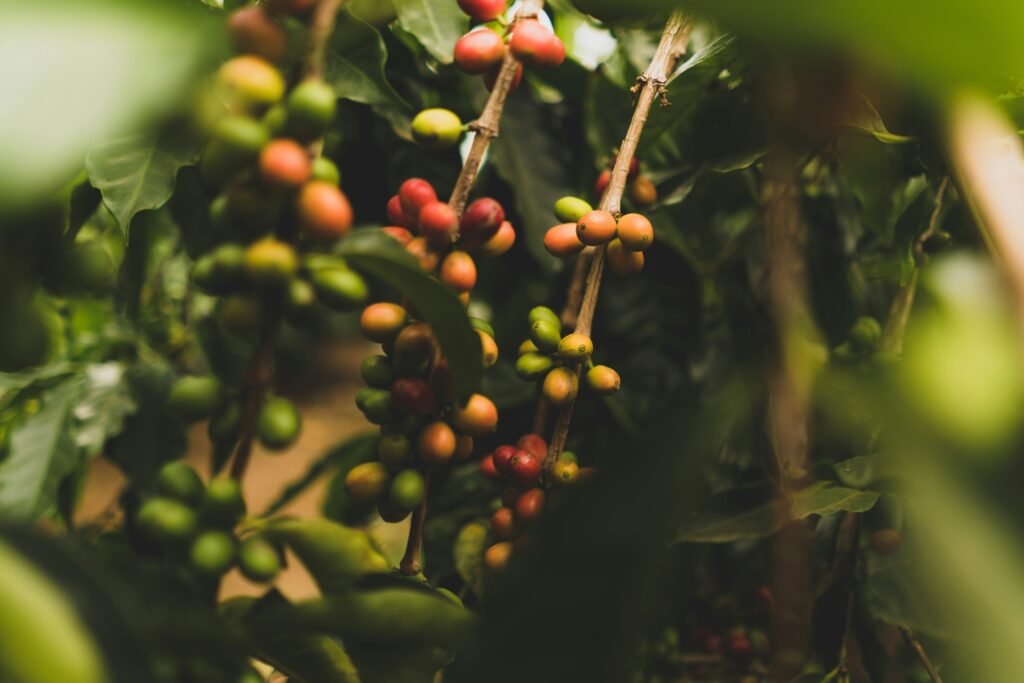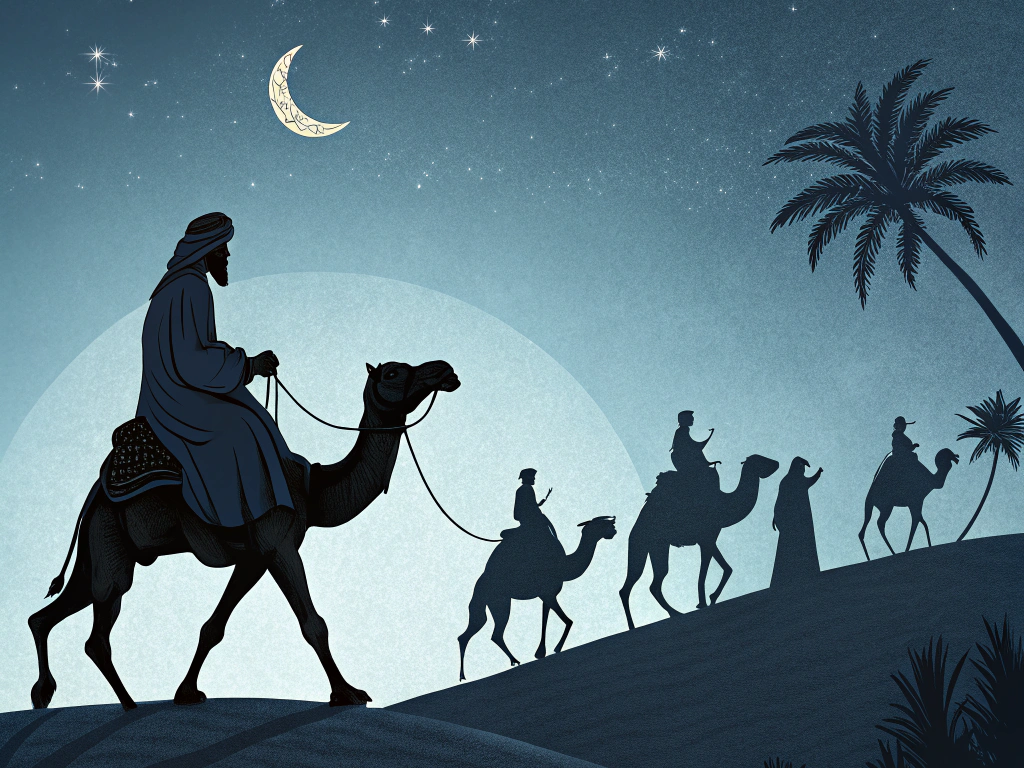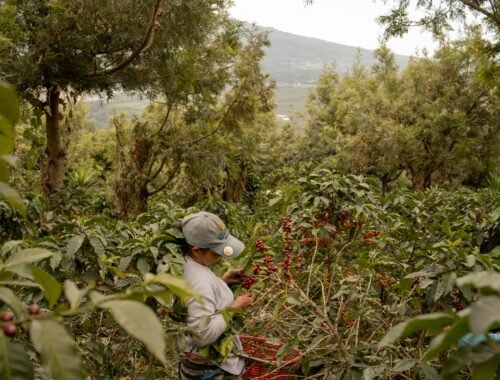
Bean to Mug : The origin story
The second most consumed beverage in the world. Only water is more popular ( by default ) Whether its a latte, americano or even instant coffe, over a billion people take a sip of this beloved drink every day. It crosses borders, cultures and generations. Economically, it is the most traded cash crop in the world with many developing nations generating billions each year.
In the UAE, coffee has been part of Emirati culture way before the economic boom that exists today. Dubai alone is now home to over 4000 coffee shops spread across the emirate. To some, it is just a daily drink. to others it is “liquid gold”and that title is not misplaced.
But what is the fuss about? what makes coffee so special ?
In this one of a kind three part blog series, we embark on this journey of discovery. Covering;
The Origin and History, moving back in time to the highlands of Ethiopia and the coast of Yemen. From there, we head to the farms, where the cherries are carefully cultivated and handpicked when ripe.
Next comes processing, a delicate phase that removes the fruit and begins to shape flavour. Then it’s off to the roastery, where heat, timing, and a roaster’s skill unlock the bean’s hidden character.
The bean is then ground, with precision matching the brew method. Too fine, too coarse, and you lose everything it took to get here.
Finally, we reach the brew, the moment it all comes together. From seed to cup, the story isn’t just about coffee. It is about craft.

Before the Brew : A brief history
The history of coffee can never be told without the mention of two countries : Ethiopia and Yemen. We shall kick start the journey from Ethiopia.
According to legend, goat herder named Kaldi was first to catch a buzz of caffeine. One day as he was looking after sheep, he noticed that they got hyper active after chewing on berries of a particular plant. out of curiosity, he decided to nibble on some himself. The effect was so profound he had to share the discovery. Kaldi approached a priest of the local monastery with the coffee cherries hoping they would approve its benefits. it was met with harsh criticism and the priest even went ahead to throw the cherries into a fire to get rid of them. But the smell.. they simply could not ignore the aroma. They decided to remove them from the fire, ground them into a fine powder and mixed with hot water to drink. the rest as they say is history.
whether or not that legend is true we may never really know. But is Scientifically proven is this; the coffee plant evolved naturally from the strain in Ethiopia, to the main species that exist today. namely Arabica and Robusta.

By the 15th century, merchants moved the plant across the red red sea to the port city of Mokha (Modern day Yemen, ) It had grown to become the epicenter of trade at that time. Mokha developed a strong and strict monopoly on the coffee which had become the most important crop of trade in the region. They exported only roasted or boiled coffee through the port. Ensuring that no one could plant the crop anywhere else. Green coffee beans was forbidden from export which ensured Yemen maintained its dominance in the coffee trade.
Out of Mokha : The bean slips away
But there is always someone who bends the rules.
while on pilgrimage to mecca, an Indian sufi mystic named Baba Budan passed through Mokha on his pilgrimage to Mecca. He encountered the drink captivating the Arab world. Fascinated by it, he felt he needed to take some back home to his home . In a move only a true bandit could pull off, it is said he strapped 7 seeds to his clothing and sneaked his way out of Mokha.
He returned to the Chikmagalur hills of Karnataka, India, and planted the beans on the slopes of Baba Budangiri ( a mountain that now bears his name. )
Though details of the story vary by source , and the accuracy of the story blurred, Baba Budan’s act helped unlock the coffee plant’s future far beyond the Arabian gulf.
By the 1600s Dutch merchants followed suit. smuggling live plants and seeds out of Yemen to Europe and South East Asia. Then came the French, Portuguese and Spanish. Each carryingthe bean to their different colonies. Chasing better climate and land that could produce better yield.
Around the 1700s, countless miles later, coffee landed in South America and eventually Brazil. The land, climate and labour available was the perfect storm. Brazil became the heavy weight that pushed coffee further to the global market that exists today. From there. the coffee industry did not just grow, it exploded!

what started as a simple coffee plant on the highlands on Ethiopia, To a sacred drink enjoyed by the elite on the shores of Mokha, Eventually found its way to all corners of the world. Each cup holding a story of rebellion and relentless curiosity.
Next; We go to the farm, where the life of the coffee plant begins. Explore the various varieties of coffee species and why that matters…




